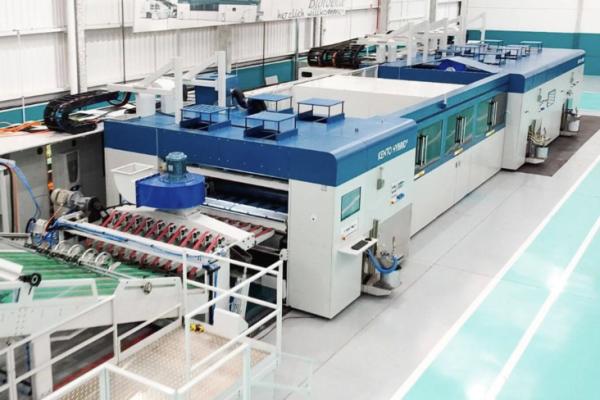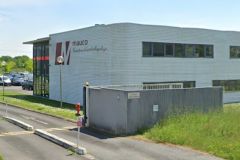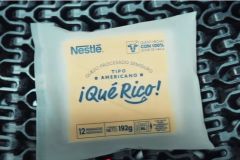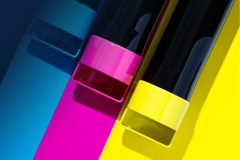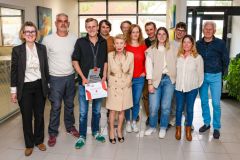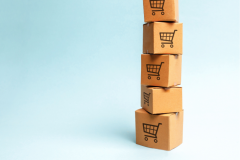The packaging industry is undergoing a veritable technological revolution. While the sector's growth is underpinned by ever more diverse and demanding needs, innovations in digital printing, durability and automation will continue to evolve. For market players, the challenge is to adapt quickly to new technologies in order to remain competitive in a constantly changing environment. The future promises many more developments, with increasingly customized and sustainable solutions to meet tomorrow's challenges.
Sustained growth in the packaging market
The packaging and label industry is going through a period of profound change. The pandemic has accelerated trends already underway, including the rise of e-commerce and the need for shorter runs and customized solutions. According to American printing and packaging market analyst and consultant Zwang, the markets for flexible packaging, folding cartons and digital printing solutions are experiencing particularly dynamic growth. Between 2022 and 2027, labels are expected to grow by 13%, folding cartons by 14% and flexible packaging by 17%. Much of this growth is driven by Asia and the Pacific, regions that are beginning to influence the Western market.
Digital at the forefront of transformation
The digital printing segment continues to dominate, with an annual growth rate of 11% between 2020 and 2027. However, the digital folding carton sector surpasses this figure with an impressive projected growth of 32%. As for digital flexible packaging, the growth rate is even more spectacular, reaching 63% over the same period. However, the study points out that this growth is starting from a relatively low base, and that challenges remain, particularly in terms of durability and food contact.
Innovation for sustainability
Faced with growing concerns about sustainability, manufacturers are developing innovative solutions to meet these challenges. Companies such as Xeikon, HP, Fujifilm and Miyakoshi are investing in technologies that optimize the ecological footprint while maintaining high quality standards. At the same time, analog presses continue to evolve. "Analog processes are not going to disappear any time soon," says David Zwang, pointing out that presses such as those from Heidelberg or Komori now incorporate digitalization features that make them competitive with fully digital solutions. This includes automated start-ups with speeds of up to 22,000 sheets per hour.
The rise of hybrid solutions
Complementing purely digital innovations, hybrid solutions such as the Kento press combine flexography and inkjet, creating modular production lines capable of adapting to specific customer needs. These machines, which can integrate finishing and converting equipment, offer enhanced flexibility. China is also making significant inroads in this sector, with an increasing proportion of the equipment on display at shows such as Label Expo coming from Chinese manufacturers.
Automation and finishing equipment
Automation is not just about presses, but also about finishing equipment. Solutions such as those offered by Rollem and Kolbus, which specialize in automated cutting, folding and gluing, enable orders to be processed faster and with less waste.
